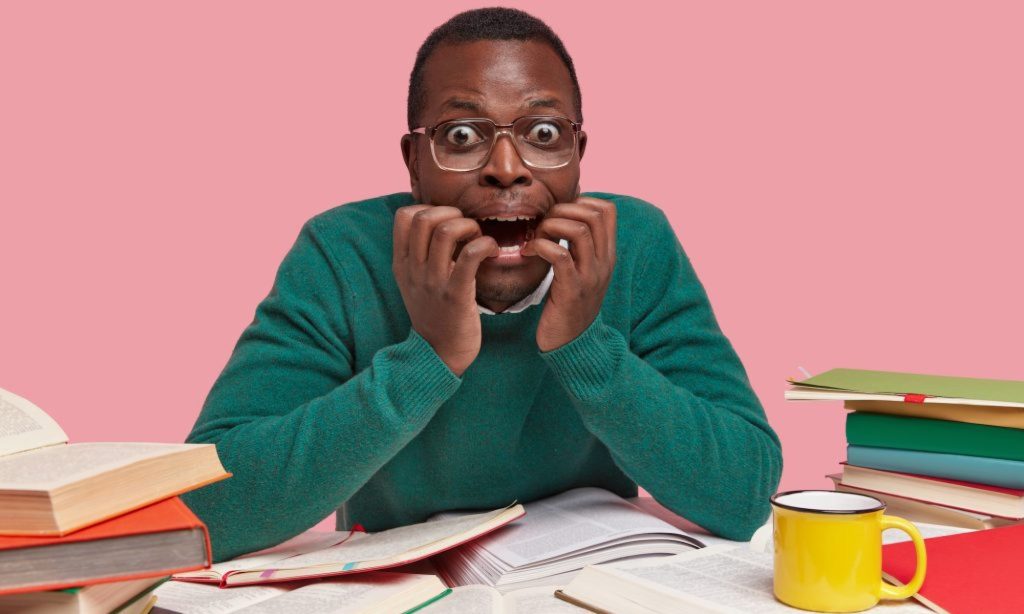The 3 videos above highlight the importance of recognizing these intersections and understanding how they contribute to systems of power and inequality. When we apply this framework to the realm of disability as referenced by Ade Adepitan, he goes on to describe a multifaceted landscape where disability intersects with race to create his distinct experiences and challenges, Christine’s experiences in the hearing world and Chey’s intersection of gender identity and mental health.
In the context of disability, this means that the experience of disability is not solely defined by one’s impairment but is deeply influenced by societies attitude to that impairment.
Ade mentions in the 80’s he initially faced discrimination that stemmed from the intersection of racism and ableism. He also mentioned barriers to employment and social inclusion such as access issues.
Che mentions the difficulties faced by his LGBTQ disabled friends & community gaining access to spaces deemed welcoming, even as so far as detailing a friend who has to carry a pint pot to urinate, just in case there aren’t any toilet facilities available.
Chey’s dive into intersectionality highlights the importance of recognizing both privilege and disadvantage within marginalized communities. While disability intersects with other identity factors to compound oppression for some individuals, it may also intersect with privilege for others. For instance, as chey is a ‘cis passing’ white man, he may experience certain advantages, such as greater access to resources and societal accommodations, compared to a disabled person from a marginalized racial or ethnic background.
As we know, Disability is not a monolith, and its impacts vary depending on factors such as impairment type, severity, age of onset, and cultural context. For example, the experiences of Christine Sun Kim navigating a hearing-centric world may differ significantly from those of Ade Adepitan confronting architectural barriers.
In analysing how disability intersects with other identity factors, the social model of disability comes into play. For example, Chey as a Neurodiverse transgender person may face discrimination not only based on their gender identity but also due to their mental health issues, leading to heightened vulnerability and exclusion.
Furthermore, As Ade points out, peoples lived experiences of intersectionality highlights the importance of inclusive and intersectional approaches to advocacy and policymaking. It would seem the common theme throughout the videos is, that inclusion first policies, are simply the right thing to do.
In my own teaching practice, I attempt to adopt methods of inclusion, I have a hearing-impaired student, so I wear a personal microphone for them. I also try to avoid black text on white backgrounds when presenting for those who might have scotopic sensitivity. This is not in reference to the UAL Data which admittedly until it was presented to me, I did not come across anywhere within in my practise.
In conclusion, Kimberlé Crenshaw’s theory of intersectionality offers a powerful lens through which to understand the complex interplay between disability and other identity factors.
Christine Sun Kim sums it up best by quoting a @novicsara tweet
“I can 100% promise you that learning sign language is easier than a deaf person learning to hear
2 responses to “Understanding Intersectionality: How Disability Intersects with Identity Factors”
-

I really appreciate how clear and concise you have made this subject – there are so many nuances with intersectionality that I have found it a steep learning curve, considering all the different factors which can contribute. I especially like your analysis of ‘Chey as a Neurodiverse transgender person may face discrimination not only based on their gender identity but also due to their mental health issues, leading to heightened vulnerability and exclusion’ and also the suggestion that ‘as Ade points out, peoples lived experiences of intersectionality highlights the importance of inclusive and intersectional approaches to advocacy and policymaking’ which suggests how we can move forward.
I am particularly interested in Christine Sun Kim’s experiences as a deaf person, as I am teaching in Open Spaces which are noisy and are also difficult to navigate visually due to the layout and large screens; it was apposite to read your comment about wearing a personal microphone for your hearing-impaired student and I would like to know more about how that works, if you can spare the time!
-

Thank you Stephen, I too found Christine Sun Kim’s experiences as a deaf person in the video compelling. Please feel free to contact me any time re the assistive hearing devices!

Leave a Reply